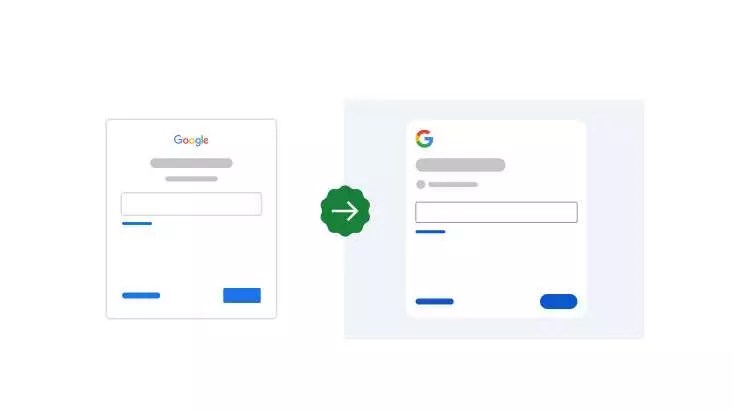Google recently unveiled a new sign-in page design that was supposed to revolutionize the way users interact with their services. However, upon closer inspection, it becomes clear that the changes are minimal at best. The most significant alteration seems to be the relocation of the “Sign in” text to the left of the username login field, creating a landscape format instead of the previous portrait-style column layout.
Future of Design?
While Google touts this as a major step towards the future, many users are left scratching their heads at the lack of innovation. The company even released a blog post detailing the reasons for the change, emphasizing that the new layout can adapt to different screen sizes, particularly those of mobile devices.
Despite Google’s attempts to generate excitement around the new sign-in page, the response from users has been less than enthusiastic. A banner warning users of the impending change only served to annoy many, with one Twitter user expressing their disappointment with a sarcastic comment about the end result. Even those who were granted early access to the new design were underwhelmed, with some questioning the amount of time and resources that were likely devoted to such a minor update.
It is clear that change, even in the world of web design, is not always well-received. The backlash against Google’s new sign-in page serves as a reminder that users have high expectations when it comes to updates and improvements. In this case, the changes were perceived as superficial and unnecessary, leading many to question the value of such a minor redesign.
While Google’s attempt to refresh its sign-in page may have been well-intentioned, the execution fell short of expectations. Users are looking for meaningful updates that enhance their experience, not just minor tweaks that do little to improve functionality. Perhaps this serves as a lesson for companies to carefully consider the impact of their design changes before rolling them out to the public.


Leave a Reply